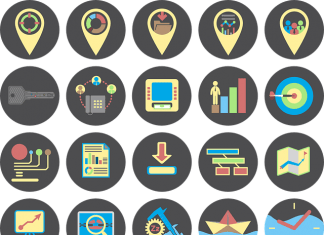
Have you been hearing more and more about data breaches, but you aren’t sure what they are? Perhaps you have an idea of what a data breach is but you aren’t sure about the consequences and damage of a breach. Or maybe you want to know how to prevent data breaches. To access quick answers to all of these questions, check out the information below.
What Is a Data Breach?
A lot of data is stored on the computer systems of businesses around the world, as well as on personal computers in people’s homes. And much of that data is considered confidential. When a data breach occurs, it basically means that someone who was not authorized to look at that data manages to do so. Hacking into a system to view and steal important data is considered a data breach.
What Are the Consequences of a Data Breach?
When a data breach occurs, valuable information, such as financial details or the personally identifiable information of individuals, can be stolen and then used for nefarious reasons like identity theft. There are several harmful consequences of data breaches, and victims could end up suffering severe losses, such as financial loss. People’s reputations might be damaged, businesses might end up being sued, and important data might be lost or corrupted if proper backups of that data are not in place.
How Can You Prevent a Data Breach?
To prevent a data breach, you can take several steps every day to protect your computers and devices as best as possible from a variety of threats ranging from hackers to viruses and malware. Installing high-quality security software can be a first step in helping to keep intruders out, encrypt your data, and scan your system for threats so that they can be removed as promptly as possible before they can do any damage.
Another step you can take involves checking where your personally identifiable information might be easily found online. People search websites, as an example, might share information about you without your permission. That information might include your contact details and background information.
Go to USPhoneBook and do a search using your name to see if there are any listings showcasing your details. If there are, you can find the USPhoneBook opt out instructions to request the removal of those listings.
Another website that might be showcasing your personal information is Spokeo, so check it out and use the Spokeo opt out instructions to regain control and limit people’s access to your personal details.
You might also want to check out PeopleFinders. See if this is yet another people search site that’s making it easy for strangers to find information about you that might make it easier for them to commit a data breach. PeopleFinders opt out instructions are also straightforward, so taking back control isn’t difficult.
Use Caution When Sharing Information About Yourself
In addition to taking steps to protect yourself against viruses and hackers, also be careful about where you share information about yourself online, as oversharing might make you vulnerable to cyber-attacks and data breaches. Avoid phishing scams by learning how to recognize the signs of a scam, and don’t share personal details about yourself on social media, dating apps, gaming platforms, and forums. Only share personal information with legitimate businesses you completely trust.








